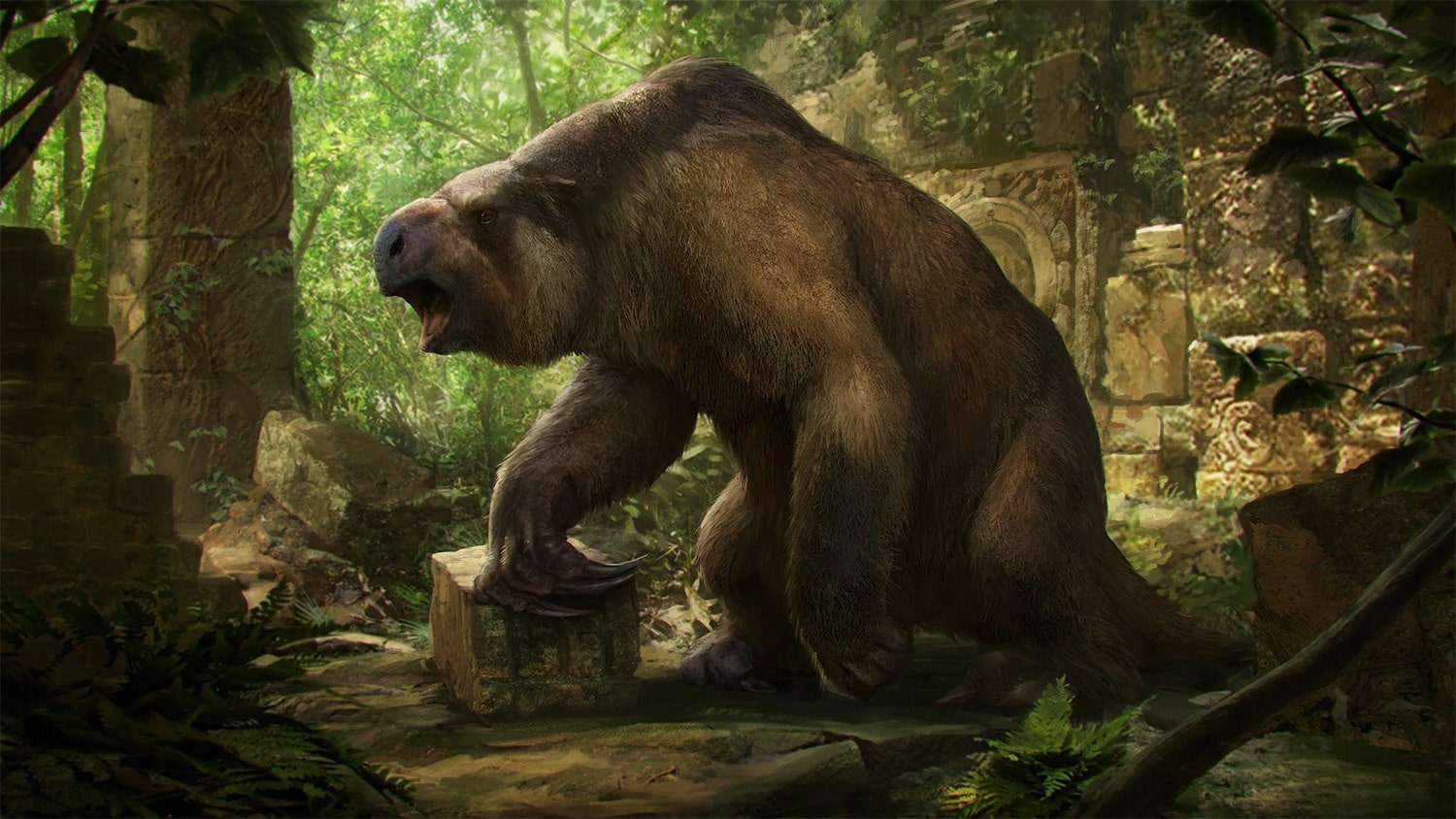
17 interesting facts about Megatherium (Giant Ground Sloth)
- 👁️ 331
Megatherium, commonly known as the Giant Ground Sloth, stands as one of the most intriguing creatures to have ever roamed the Earth. Living during the Pleistocene epoch, these mammoth beings were among the largest land mammals, second only to mammoths and elephants in size. Their existence paints a vivid picture of the diversity and grandeur of prehistoric life, offering fascinating insights into the world millions of years ago. The study of Megatherium not only enriches our understanding of evolutionary history but also sparks curiosity and wonder about the natural world’s past inhabitants. Here are 17 interesting and informative facts about Megatherium that highlight its significance and the marvel it represents in the paleontological record.
- Megatherium was one of the largest land mammals ever to exist, measuring up to 20 feet in length.
- It lived during the Late Pleistocene to Early Holocene periods, approximately 2.5 million to 11,700 years ago.
- The first Megatherium fossil was discovered in Argentina in 1788 by Manuel Torres.
- Megatherium means “great beast” in Greek, a name given by Georges Cuvier in 1796.
- Despite its massive size, Megatherium was a herbivore, feeding primarily on leaves, twigs, and branches.
- It had large, curved claws used for digging and pulling down branches to reach food.
- Megatherium’s closest living relatives are modern-day sloths, armadillos, and anteaters.
- It is believed that Megatherium could stand on its hind legs to reach high vegetation, supported by its strong tail.
- The creature’s teeth were peg-like, without enamel, adapted to its vegetarian diet.
- Megatherium had a slow metabolism, similar to modern sloths, which is indicative of a low-energy lifestyle.
- Fossil evidence suggests that Megatherium was capable of bipedal locomotion when necessary.
- Its thick skin and fur likely protected it from the cold climates of the ice age and potential predators.
- Megatherium was part of a group of animals known as Pleistocene megafauna, which included other large mammals like mammoths and mastodons.
- The extinction of Megatherium is believed to be due to a combination of climate change and human hunting.
- Megatherium fossils have been found in various South American countries, including Argentina, Bolivia, Brazil, and Chile.
- Some studies suggest that Megatherium had a complex social structure and may have lived in groups.
- The study of Megatherium has contributed significantly to our understanding of prehistoric ecosystems and the role of large herbivores in them.
Megatherium, the Giant Ground Sloth, was a remarkable creature that highlights the incredible diversity of prehistoric life on Earth. Its massive size, herbivorous diet, and evolutionary significance make it a subject of great interest and study in the field of paleontology. Through the examination of Megatherium and other members of the Pleistocene megafauna, scientists and researchers continue to unravel the mysteries of the past, offering insights into the natural world’s dynamic history. The legacy of Megatherium serves as a reminder of the ever-changing nature of life on Earth and the importance of understanding our planet’s biological heritage.
Megatherium, commonly known as the Giant Ground Sloth, stands as one of the most intriguing creatures to have ever roamed the Earth. Living during the Pleistocene epoch, these mammoth beings were among the largest land mammals, second only to mammoths and elephants in size. Their existence paints a vivid picture…